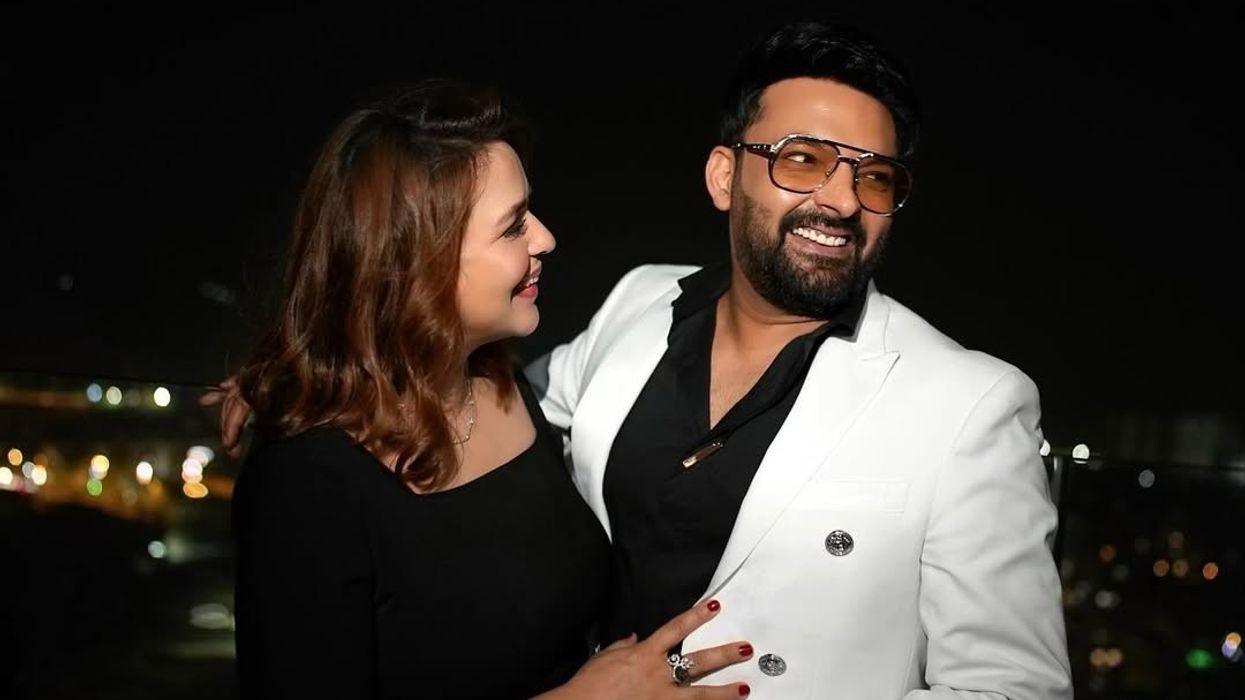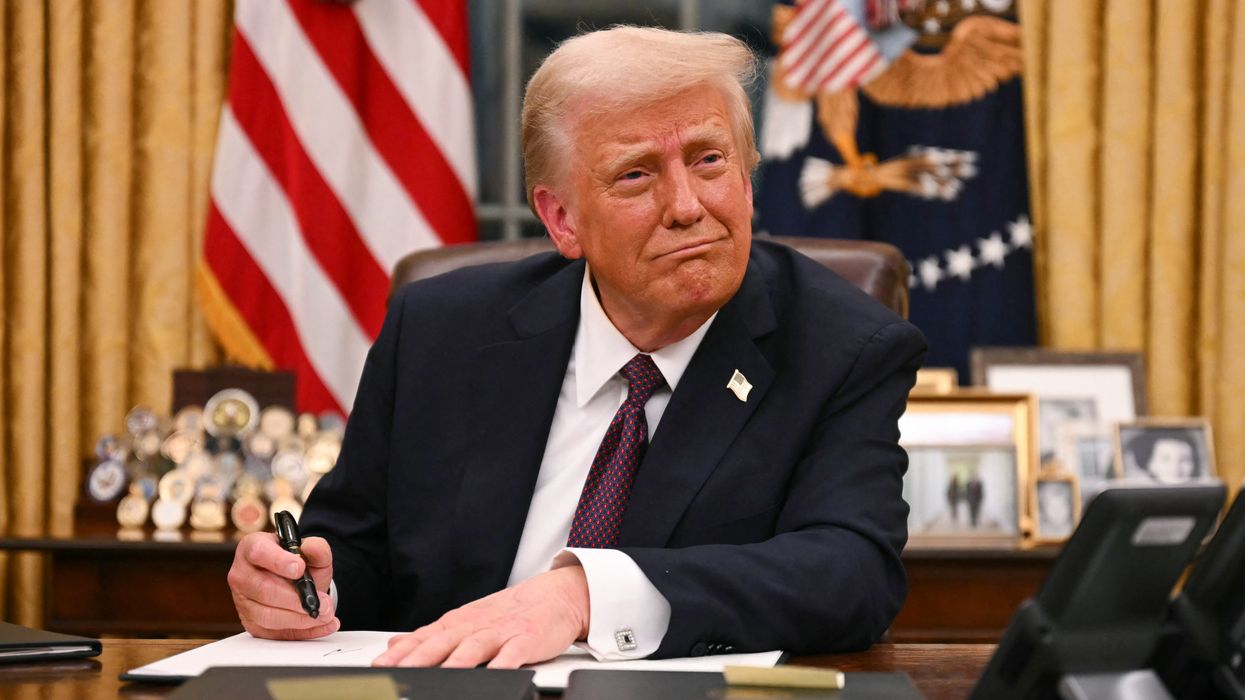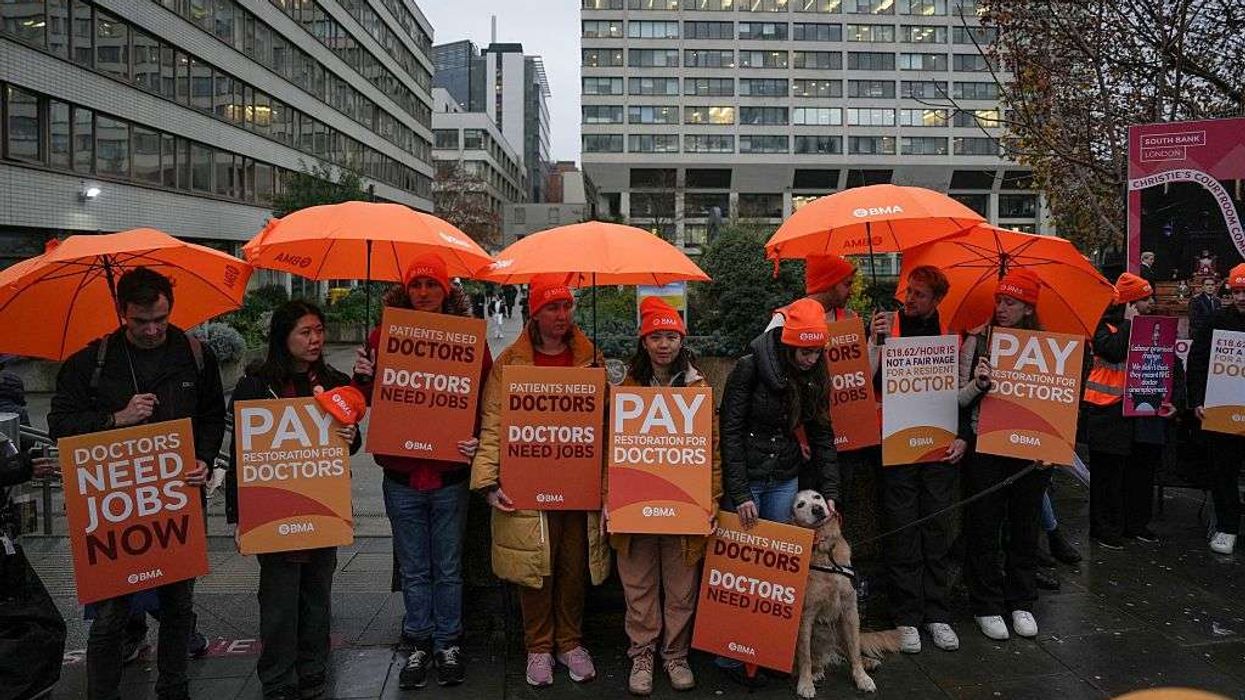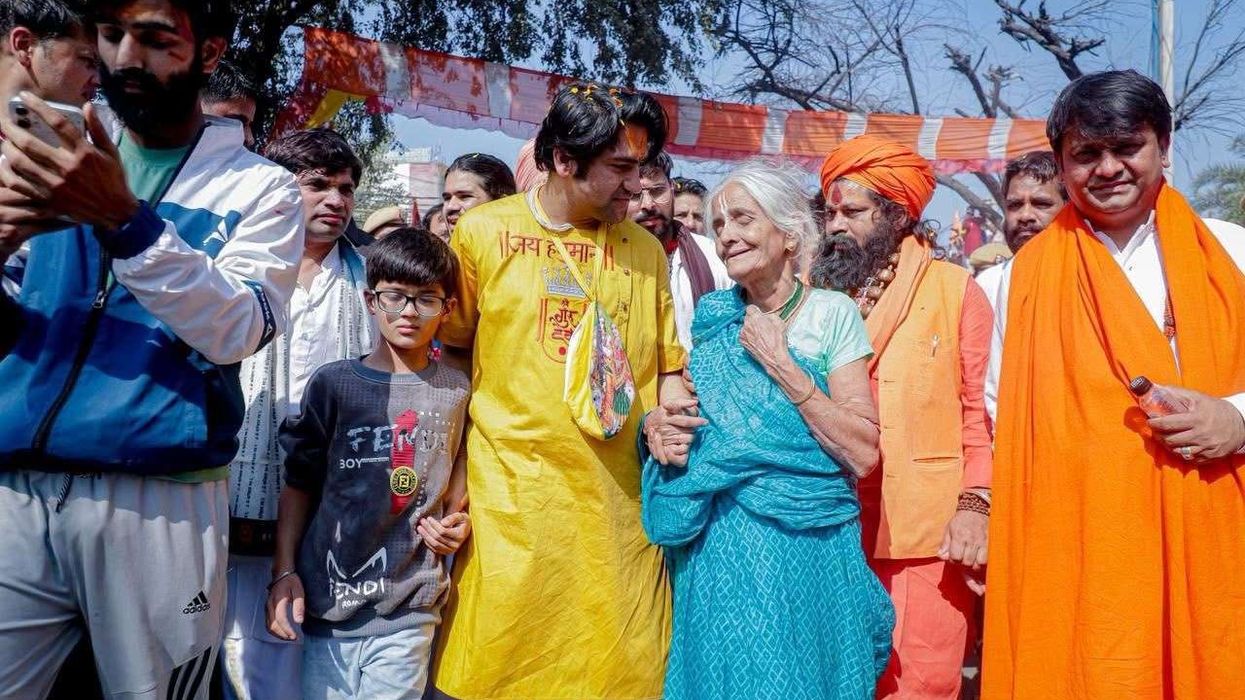Highlights:
- Shots were fired at Kap’s Café in Surrey, Canada, owned by comedian Kapil Sharma, just days after its opening.
- Khalistani extremist Harjit Singh Laddi, linked to banned group BKI, claimed responsibility.
- The motive cited was an old comedy segment from The Kapil Sharma Show that allegedly mocked Nihang Sikhs.
- No injuries were reported; Canadian authorities are investigating the incident.
Comedian Kapil Sharma’s recently launched Kap’s Café in Surrey, British Columbia, was the target of a shooting in the early hours of 10 July. Though no one was harmed, the property sustained significant damage. A known Khalistani extremist, Harjit Singh Laddi, has claimed responsibility for the attack, citing perceived religious disrespect on The Kapil Sharma Show.

Shooter linked to Khalistani group Babbar Khalsa International
Harjit Singh Laddi, a wanted terrorist on India’s National Investigation Agency (NIA) list, said he and another operative, Toofan Singh, were behind the shooting. Laddi is associated with the banned organisation Babbar Khalsa International (BKI), which the Canadian government recognises as a terrorist group.
In a social media statement, Laddi said the attack was a reaction to a past comedy sketch where a character wore traditional Nihang Sikh attire while delivering humorous lines. “These were considered offensive and hurt religious sentiments,” he wrote. “No spiritual identity should be ridiculed under the pretext of comedy.”
Laddi also claimed the Sikh community had reached out to Sharma’s team seeking an apology but received no response.

Café issues emotional statement, vows to stay open
Kap’s Café, operated by Sharma’s wife Ginni Chatrath, had only opened on 4 July. Following the attack, the café released a statement on Instagram expressing heartbreak over the violence but reinforced their commitment to the community.
“We opened Kap’s Café with hopes of bringing warmth, community, and joy through delicious coffee and friendly conversation. To have violence intersect with that dream is heartbreaking,” read the post. “We are processing this shock, but we are not giving up.”
The message ended with a note of gratitude to supporters and a promise to continue operating: “Let’s stand firm against violence and ensure Kap’s Café remains a place of warmth and community… see you soon, under better skies.”

Police confirm multiple shots fired, investigation underway
According to Surrey Police, officers responded to reports of gunfire at the 8400 block of 120 Street around 1:50 am on July 10. Bullet damage was found on the cafe’s exterior while staff were still inside. No injuries were reported.
While no arrests have been made, Khalistani extremist Harjit Singh Laddi publicly claimed responsibility for the shooting in a social media post. Police have not officially confirmed his involvement. Authorities continue to investigate potential links to terrorism, organised crime, or extortion, and are also examining whether this incident may be connected to other recent threats involving Indian-origin individuals in Canada.
Rising tensions among Indian diaspora in Canada
The shooting comes amid already strained relations between India and Canada over Khalistani separatist activities. In 2023, the killing of Sikh separatist Hardeep Singh Nijjar in Surrey led to diplomatic fallout after Canada alleged Indian involvement.
Harjit Singh Laddi, believed to be residing in Germany, is accused of masterminding multiple violent acts in Punjab, including the April 2024 killing of VHP leader Vikas Prabhakar. Indian authorities have placed a reward of £8,630 (₹10 lakh) for information leading to his arrest.







 Nora Fatehi shares a message on Instagram refuting drug rave allegations Getty Images
Nora Fatehi shares a message on Instagram refuting drug rave allegations Getty Images  Nora's Instagram Story Instagram/ Norafatehi
Nora's Instagram Story Instagram/ Norafatehi Nora Fatehi continues to focus on projects while denying claimsGetty Images
Nora Fatehi continues to focus on projects while denying claimsGetty Images Nora warns against using her name in false news reportsGetty Images
Nora warns against using her name in false news reportsGetty Images






